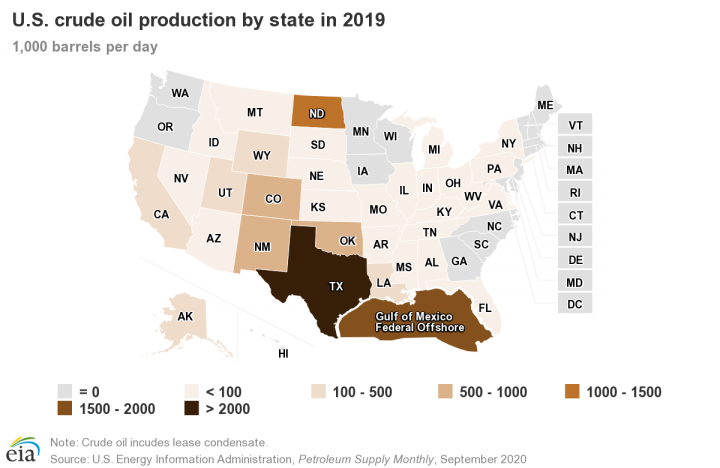I’ve sat through many lectures on plate tectonics in geology class. The section on anticlines, synclines, monoclines, and chevrons was never my favorite.
Let’s see if I can nutshell it in VERY basic terms...
An anticline is a hill and a syncline is a valley in the rock strata (layers). Of course, we don't necessarily see these features on the surface. Picture an ocean. Sediment in the ocean (sand, dirt and dead life filter to the bottom of this ocean and pile up forming layers. The weight of the top layers packs down the layers beneath, eventually solidifying them …and over the course of a few million years, the sea dries up. All those layers are now sedimentary rock with. As the earth’s tectonic plates move around (plate tectonics) these layers rock get folded. Think of like a flat sheet of paper. If you were to slowly push the two opposite ends towards each other, the paper will begin to fold… into anticlines and synclines.
Now you’d think oil would be found in synclines (valleys), but that’s not the case. Oil is always found in anticlines. The rocks at the core of an anticline (hill) are be older than the ones above then, while the rocks at the core of a syncline would be younger (remember that folding paper). That means the hardest rock is at the center (had longer to be pressured by the layers that formed on top of it). This hard rock won’t allow oil to escape, so instead it pools up. A syncline with its core rocks younger rocks is more porous and thus allows the oil to seep on through.
In the olden days, oil companies had geologists go out looking specifically for anticlines. If they found one, they'd drill down for oil. Of course, the presence of an anticline doesn't guarantee there oil underneath. Today they use radar and such to see what's underground before they drill.
